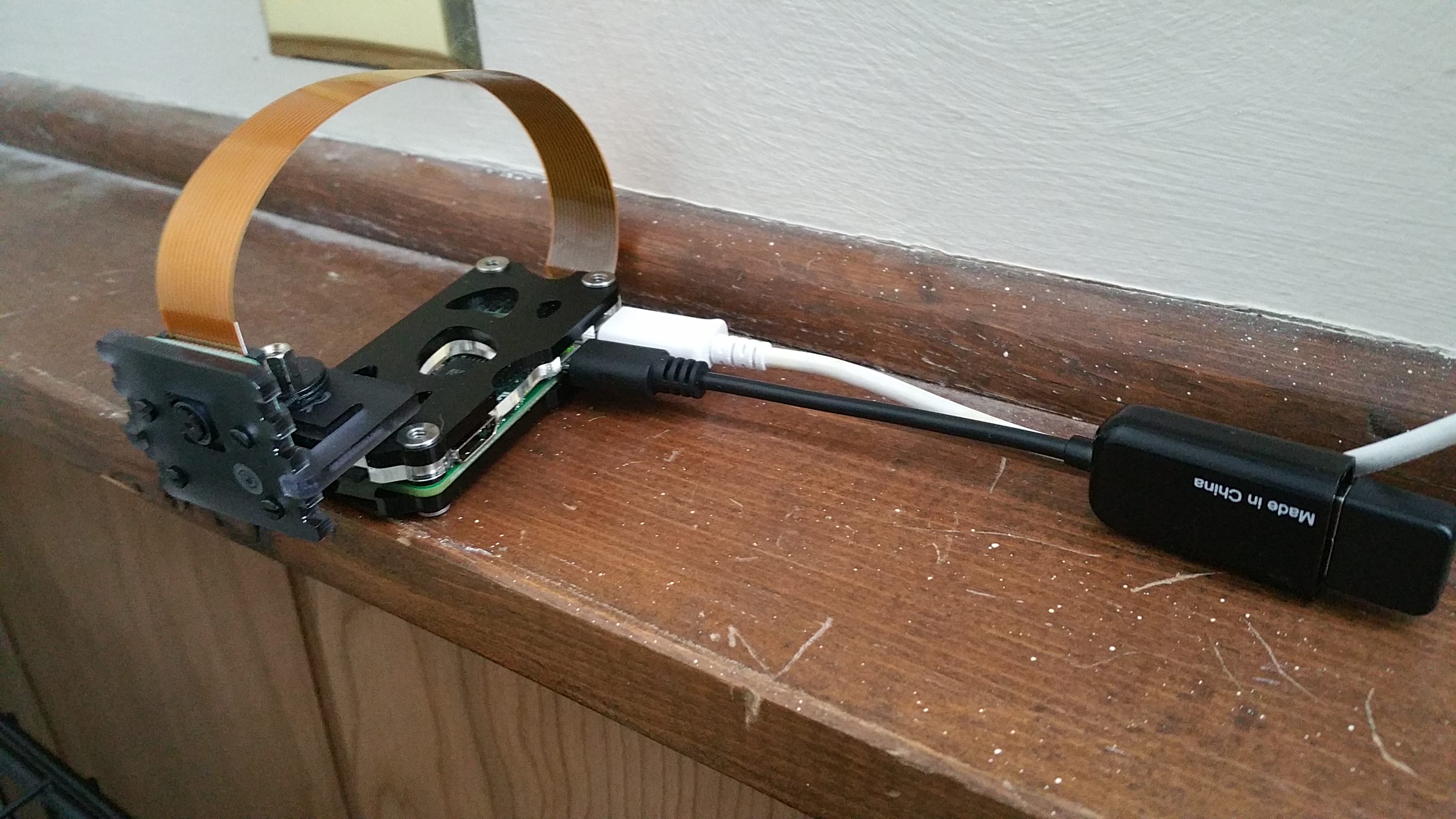A quick look at the Pi Zero Wireless

I consider myself fairly lucky. This week I was able to put my hands on a Raspberry Pi Zero Wireless. I have yet to go into depth on my future plans for my Home Assistant setup, but one of them includes the capacity to monitor video from the home when away, potentially also engaging in uses like a Pet Cam or motion-sensing security camera. In addition, I’d like to tie in a sensor array so that I can double as a sensor network across the home, reading in pressure and temperature variances to find leakages or help balance the temperature throughout the various rooms. One thing I need, though, is a suitable platform.
Sensors can easily be made using the more purpose-oriented Arduino environment, and in fact one area that Home Assistant and the Arduino platform interact is in the MySensors component. Built in component to Home Assistant, custom built Arduino-based sensor for the network. However, processing camera data seems to be above the capabilities of an Arduino, and that’s where the Pi Zero came in.
With the original version, networking was non-existent. You need to add your own wifi adapter to connect the Pi Zero to a network, though you could also opt for an Ethernet solution as well. The Pi Zero Wireless cleans up the cabling so that now, all that has to be run to the device is power. No more other cables or dongles need be attached. The featured image above demonstrates how unwieldy having some of these connections can be, and even some of the micro-USB On The Go (OTG) adapters make it awkward, considering the close proximity of the USB and power ports on the Zero. Additionally, the extremely light weight of the Pi Zero means that those connectors cause way more pronounced an effect on its position than just the power alone.
While new, one can successfully pair a Pi Zero Wireless, camera module, and a custom OS such as MotionEyeOS in order to produce a relatively cheap, flexible web camera. I ran through a few hurdles trying to get it to work so early, with the biggest issue being the new firmware required to make it all work, I was able to convert the unwieldy form above and reduce the connections down to the power alone.
I look forward to the day that the Raspberry Foundation can produce the Pi Zero Wireless in sufficient quantity to satisfy the excitement of those looking to try one out.